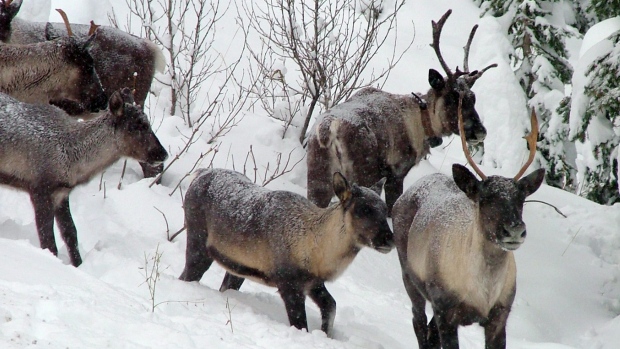As a professional photographer, Stephen Tayo’s usual reason to travel is for work.
Since visiting Marrakech solo in 2019, however, he had been raving to friends about how much they all needed to go. Bored after a year under Covid restrictions, he eventually rallied five friends from his home town of Lagos, Nigeria, to join him on a mini road trip.
The group began in Tayo’s beloved Marrakech, then decided to head to the beach to slow the pace a little.
“We hired a bus and headed for Essaouira on the coast, but stopped any time we saw something interesting. Shortly after a roadside coffee break, we saw this tree filled with goats taking shelter and resting,” Tayo says.
His muses usually take human form, but he’d never seen goats in a tree before.
“I thought it was spectacular,” he says. “They were so relaxed and serene. Our driver helped us ask the friendly farmer who owned them for permission to get closer. I didn’t need to disturb them – some just happened to be looking our way.”
In the end, Tayo reached for his camera only a couple of times during the friends’ 10-day trip.
“I was more documenting it for myself,” he says, “and a phone always seems less intimidating when I’m exploring different communities,” he says.
You can find Stephen Tayo’s social media here on Twitter and on Instagram
In Morocco, where food can be scarce, goats climb trees, especially argan trees because it can produce a fruit that is particularly appealing to goats.
Argan oil is quite popular these days in skin and hair care products, but this is nothing new. Indigenous Berber tribes in the region actually did something similar, though they didn’t get the argan oil out of a bottle that they bought in a store; goats would climb up argan trees and eat the fruits, swallowing whole the core which looks a bit like an almond.
This nut would pass through the goat’s digestive system and end up in goat droppings, where it would be collected. To get at the oil inside, you would then have to crack it open with a stone, and grind the seeds inside. The resulting oil was then used for cooking and as a skin treatment.




